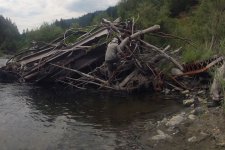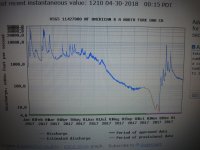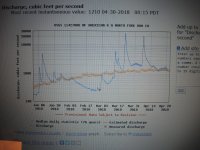StrandedSailor
Greenie
Did the rain that we received this year produce enough flow to move the placer in the rivers such as the Bear or American?
I’m from the bay so never get a chance to see the water move.
Thanks!!!!
I’m from the bay so never get a chance to see the water move.
Thanks!!!!
Amazon Forum Fav 👍
Upvote
0





